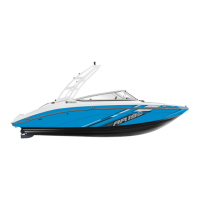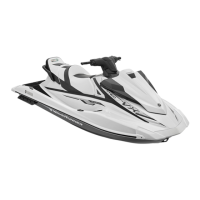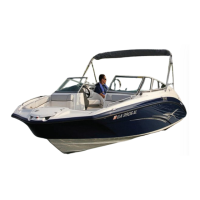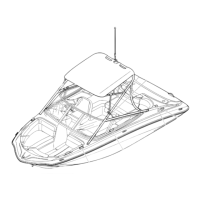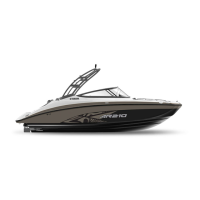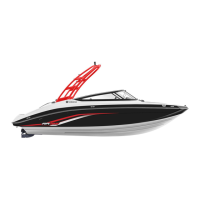What to do if the starter motor does not turn over on my Yamaha 255XE 2021 Boat?
- AAmy DavisOct 27, 2025
If the starter motor on your Yamaha Boat isn't turning over, there are several potential reasons: * The engine shut-off clip on the cord might not be in the correct switch position. Ensure it's properly installed in the engine shut-off switch. * A fuse might be blown. Replace the fuse and inspect the wiring. * The battery may need recharging. Recharge the battery. * There could be poor terminal connections. Tighten the connections as needed. * The battery switch might be off. Turn the switch on. * The rear platform hatch might not be securely latched. Latch it securely. * The remote control lever may not be in neutral. Move the remote control lever to the neutral position. * The throttle/shift paddle (255XD) may be engaged. Release it. If none of these steps work, the sta...



